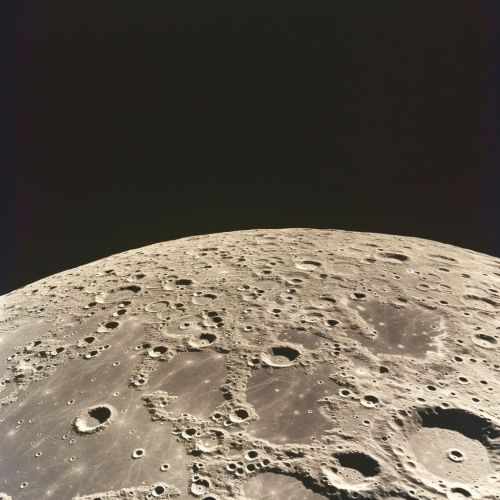Moon Treaty
Introduction
The Moon Treaty, formally known as the "Agreement Governing the Activities of States on the Moon and Other Celestial Bodies," is an international treaty that aims to regulate the activities of states on the Moon and other celestial bodies. It was adopted by the United Nations General Assembly in 1979 and entered into force in 1984. The treaty builds upon the principles established in the Outer Space Treaty of 1967 and seeks to ensure that the exploration and use of outer space, including the Moon and other celestial bodies, are conducted for the benefit of all countries and humankind.
Historical Context
The Moon Treaty emerged during a period of intense interest in space exploration, driven by the Space Race between the United States and the Soviet Union. The successful Apollo missions and the Soviet Luna program demonstrated the feasibility of human and robotic exploration of the Moon. These achievements raised concerns about the potential for national appropriation of lunar resources and the militarization of space. The Moon Treaty was proposed to address these concerns and to establish a legal framework for the peaceful and cooperative use of the Moon and other celestial bodies.
Key Provisions
Non-Appropriation Principle
One of the central tenets of the Moon Treaty is the non-appropriation principle, which prohibits any state from claiming sovereignty over the Moon or any other celestial body. This principle is articulated in Article 11 of the treaty, which states that the Moon and its resources are the "common heritage of mankind" and cannot be owned by any state, organization, or individual.
Peaceful Use
The treaty emphasizes that the exploration and use of the Moon and other celestial bodies must be conducted exclusively for peaceful purposes. Article 3 of the treaty prohibits the establishment of military bases, installations, and fortifications on the Moon, as well as the testing of weapons and the conduct of military maneuvers.
International Cooperation
The Moon Treaty encourages international cooperation in the exploration and use of the Moon. Article 4 calls for states to inform the United Nations and the international community about their activities on the Moon, and to share scientific information and data. The treaty also promotes the establishment of international agreements to facilitate joint missions and collaborative research.
Environmental Protection
The treaty includes provisions for the protection of the lunar environment. Article 7 requires states to take measures to prevent the harmful contamination of the Moon and other celestial bodies, and to avoid adverse changes to the Earth's environment resulting from activities in outer space.
Resource Utilization
Article 11 of the Moon Treaty addresses the issue of resource utilization on the Moon. It stipulates that the exploitation of lunar resources must be conducted in a manner that benefits all countries, particularly developing nations. The treaty envisions the establishment of an international regime to govern the exploitation of these resources, although the specifics of such a regime are not detailed in the treaty.
Ratification and Implementation
The Moon Treaty has been ratified by a limited number of countries, with only 18 states parties as of 2023. Major spacefaring nations, including the United States, Russia, and China, have not ratified the treaty. The limited ratification has raised questions about the treaty's effectiveness and its ability to influence the behavior of states in space.
Criticisms and Challenges
Limited Ratification
One of the primary criticisms of the Moon Treaty is its limited ratification. The absence of major spacefaring nations from the list of states parties undermines the treaty's authority and effectiveness. Critics argue that without the participation of these key players, the treaty cannot achieve its goals of regulating activities on the Moon and ensuring the equitable distribution of benefits.
Ambiguities and Gaps
The Moon Treaty has been criticized for its ambiguities and gaps, particularly regarding the exploitation of lunar resources. While the treaty calls for the establishment of an international regime to govern resource utilization, it does not provide specific guidelines or mechanisms for its creation. This lack of clarity has led to uncertainty about how the treaty's provisions would be implemented in practice.
Technological and Economic Feasibility
The technological and economic feasibility of lunar resource exploitation is another area of concern. Critics argue that the treaty's provisions may be premature, given the current state of space technology and the high costs associated with lunar missions. They contend that more practical and immediate issues, such as the development of space infrastructure and the reduction of mission costs, should be addressed before establishing a comprehensive legal framework for lunar activities.
Future Prospects
The future of the Moon Treaty remains uncertain. While the treaty's principles of non-appropriation, peaceful use, and international cooperation are widely supported, its limited ratification and ambiguous provisions pose significant challenges. Efforts to revise or supplement the treaty, as well as the development of new international agreements, may be necessary to address these issues and to create a more effective legal framework for the exploration and use of the Moon and other celestial bodies.
See Also


